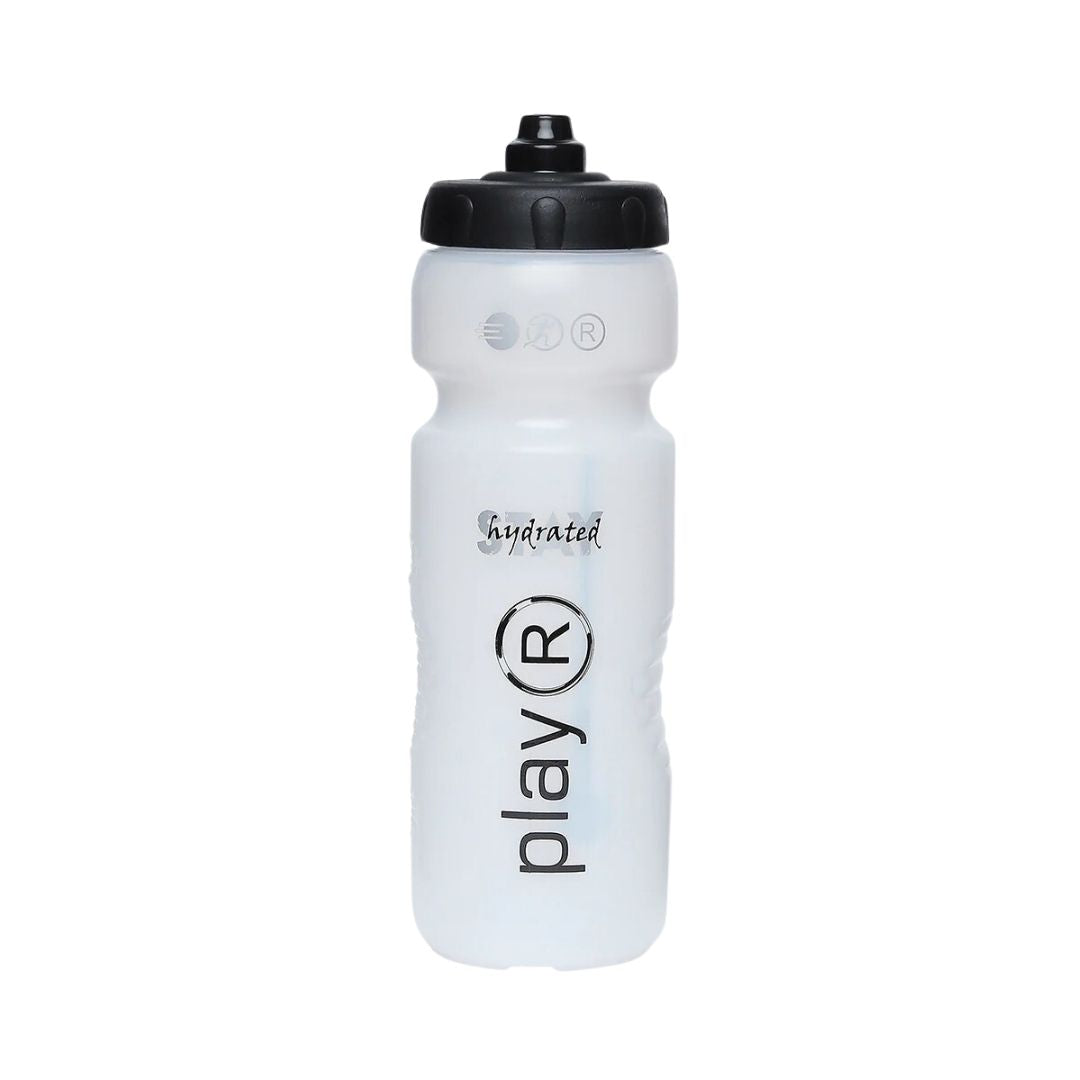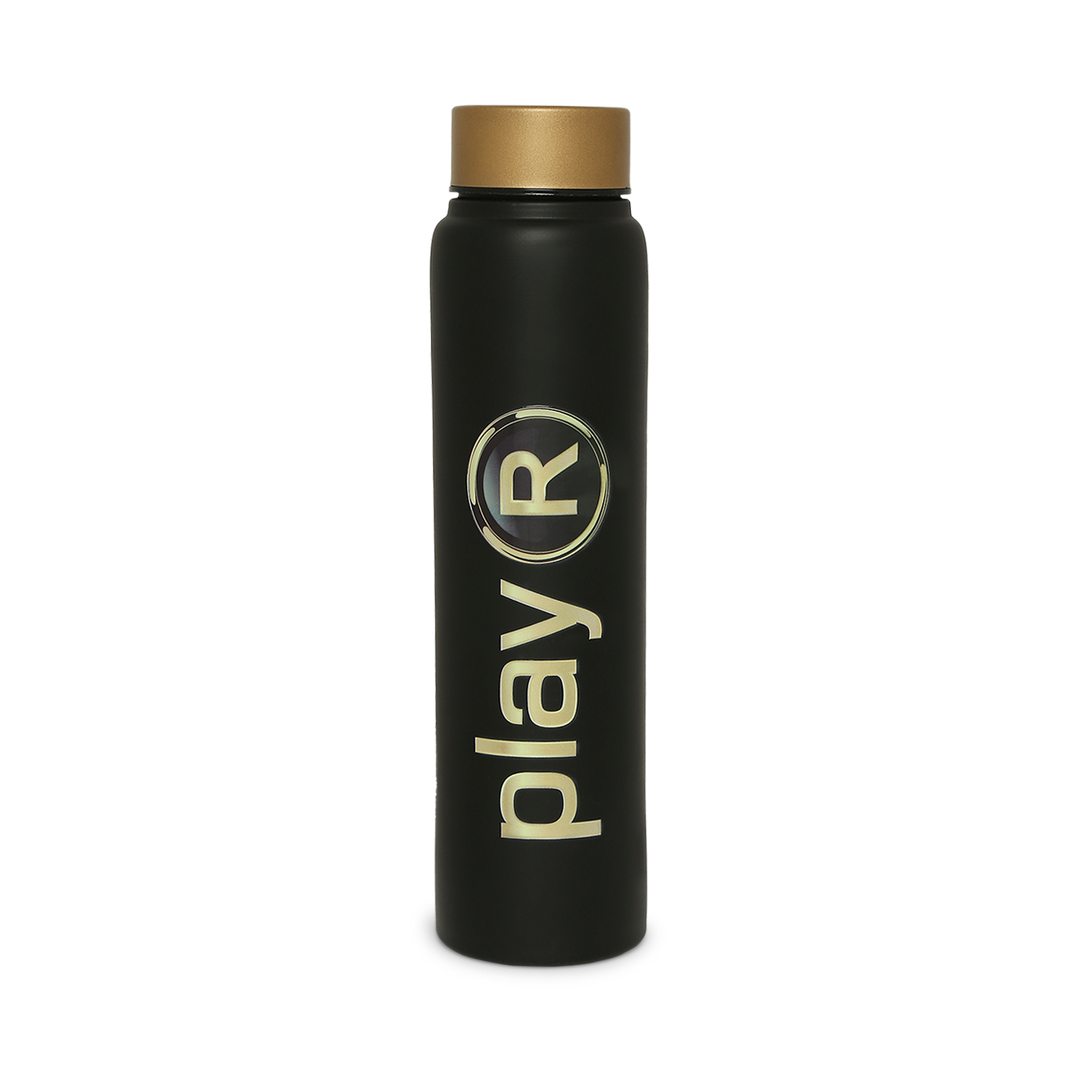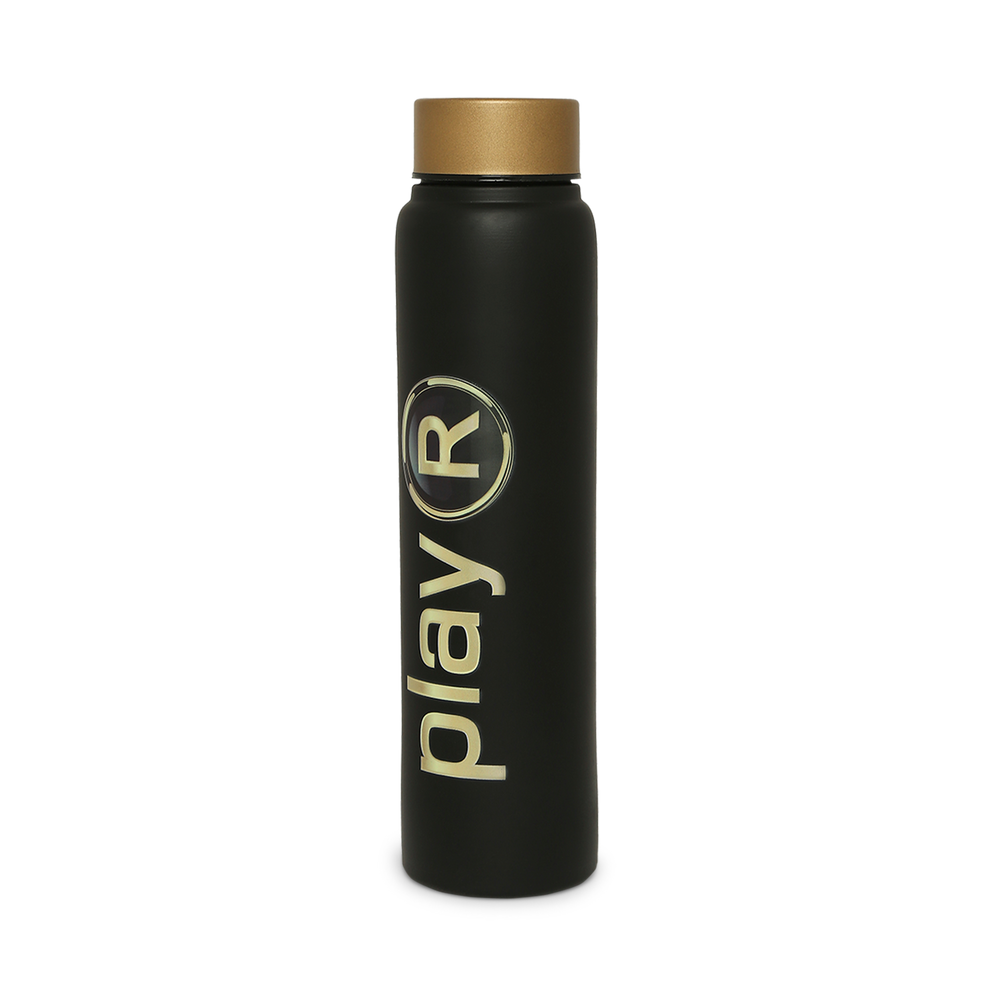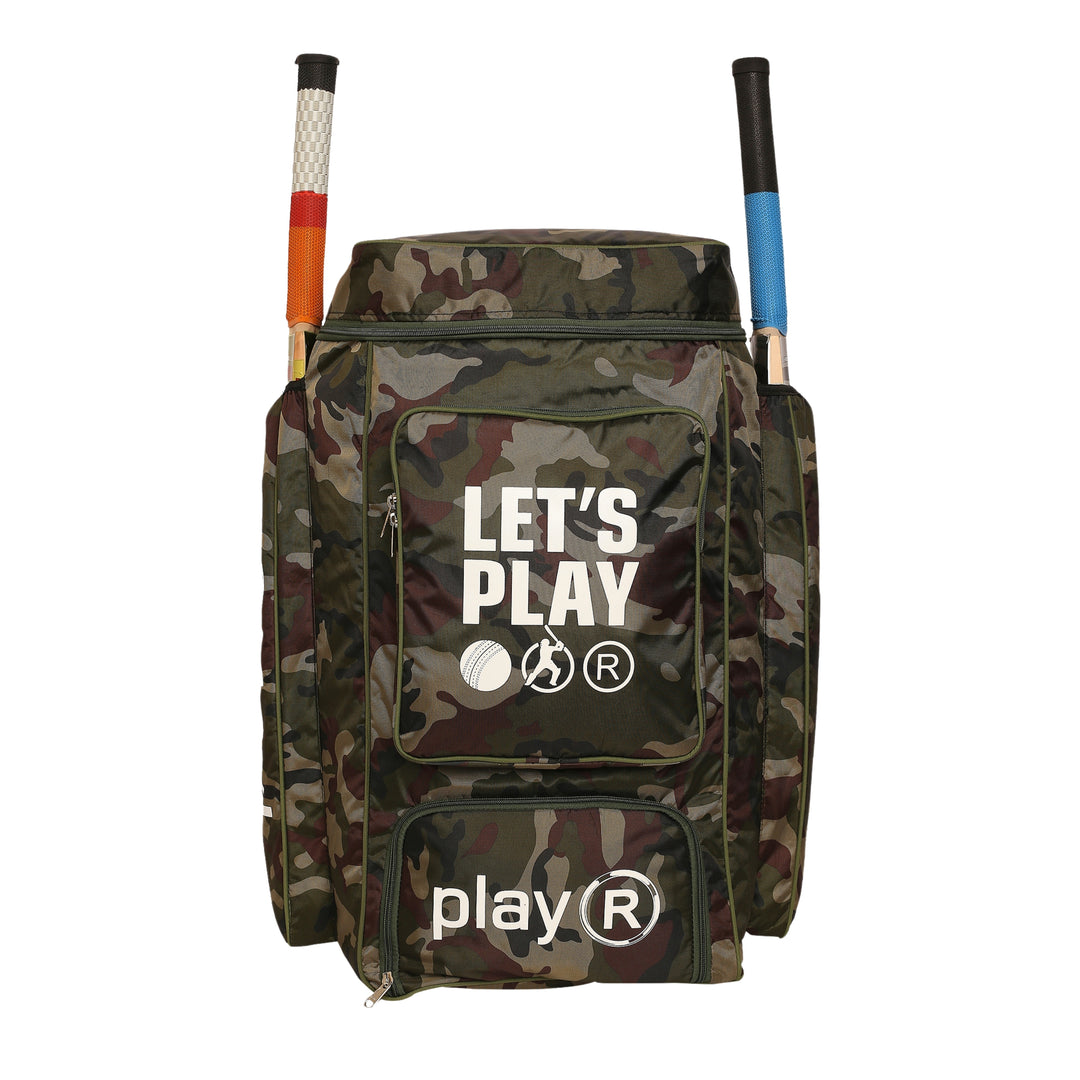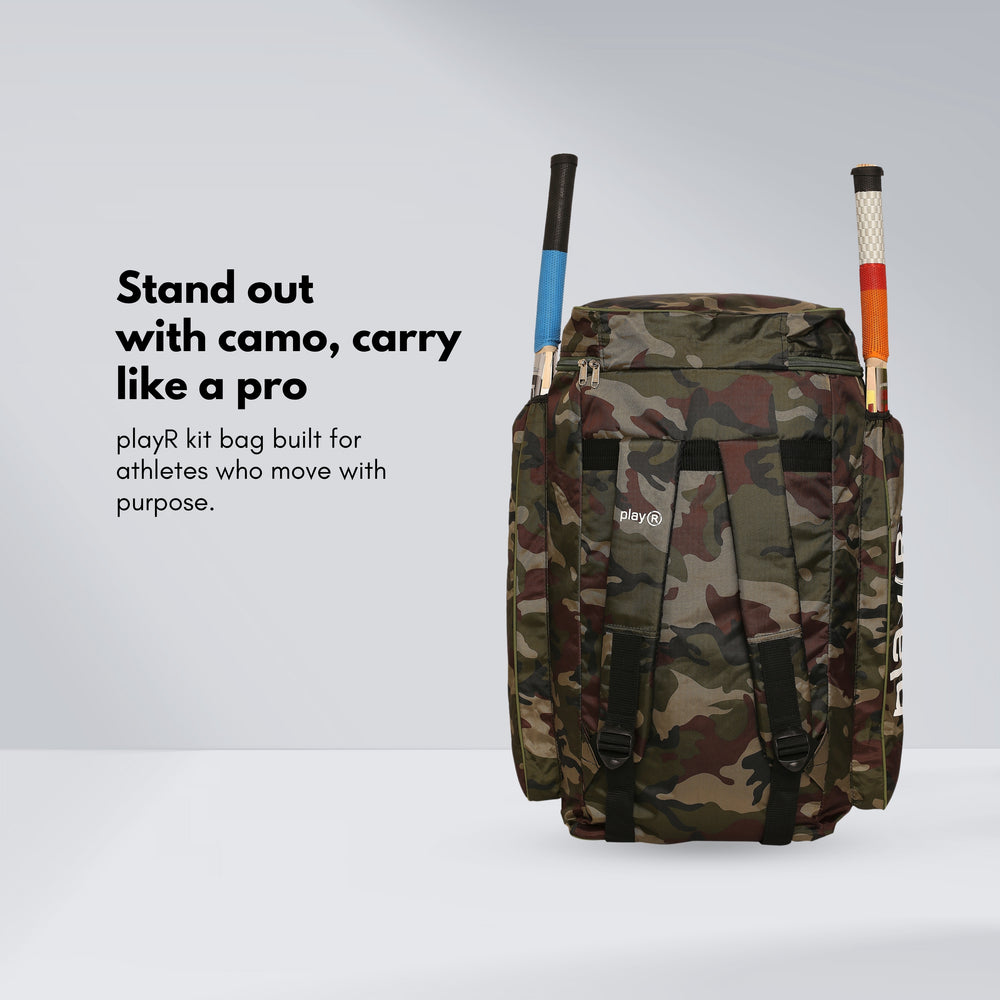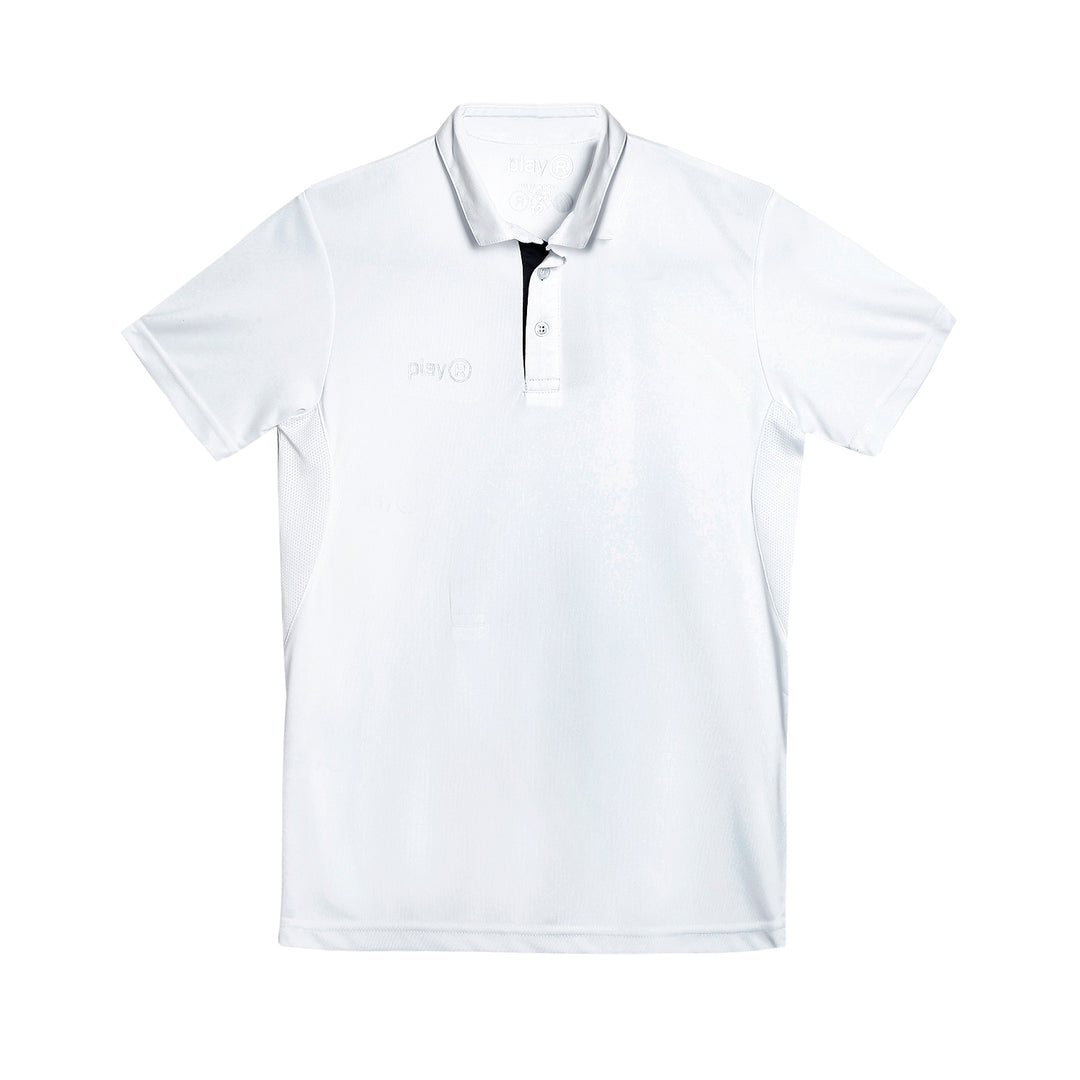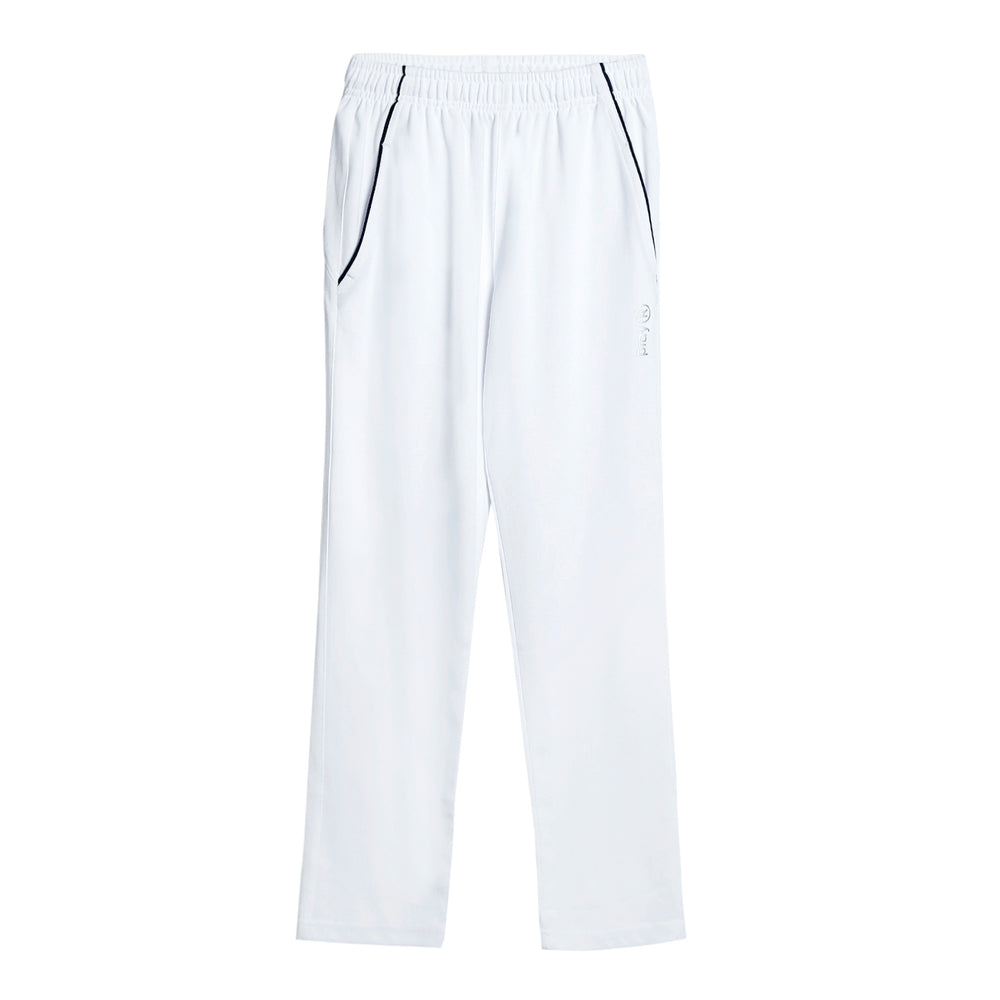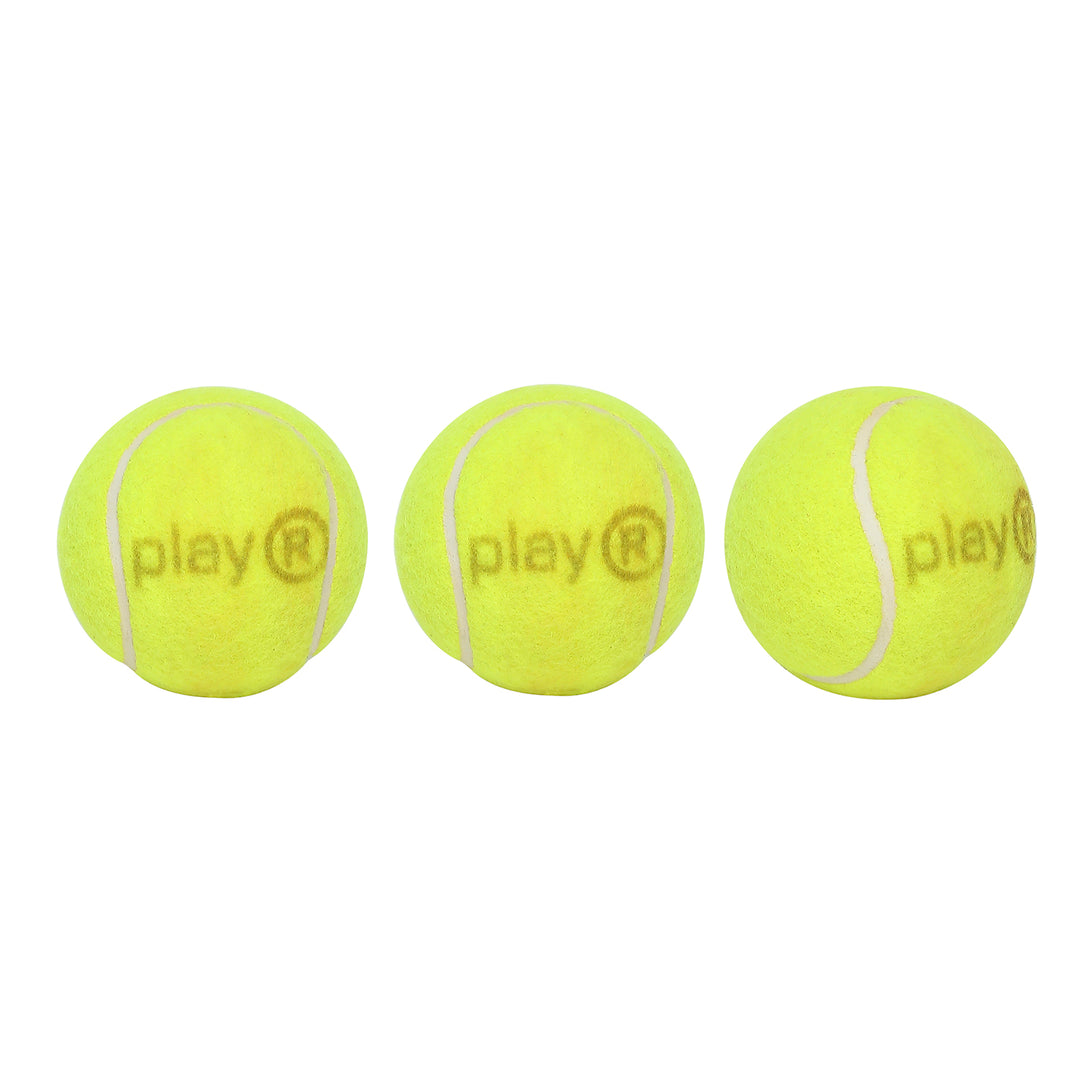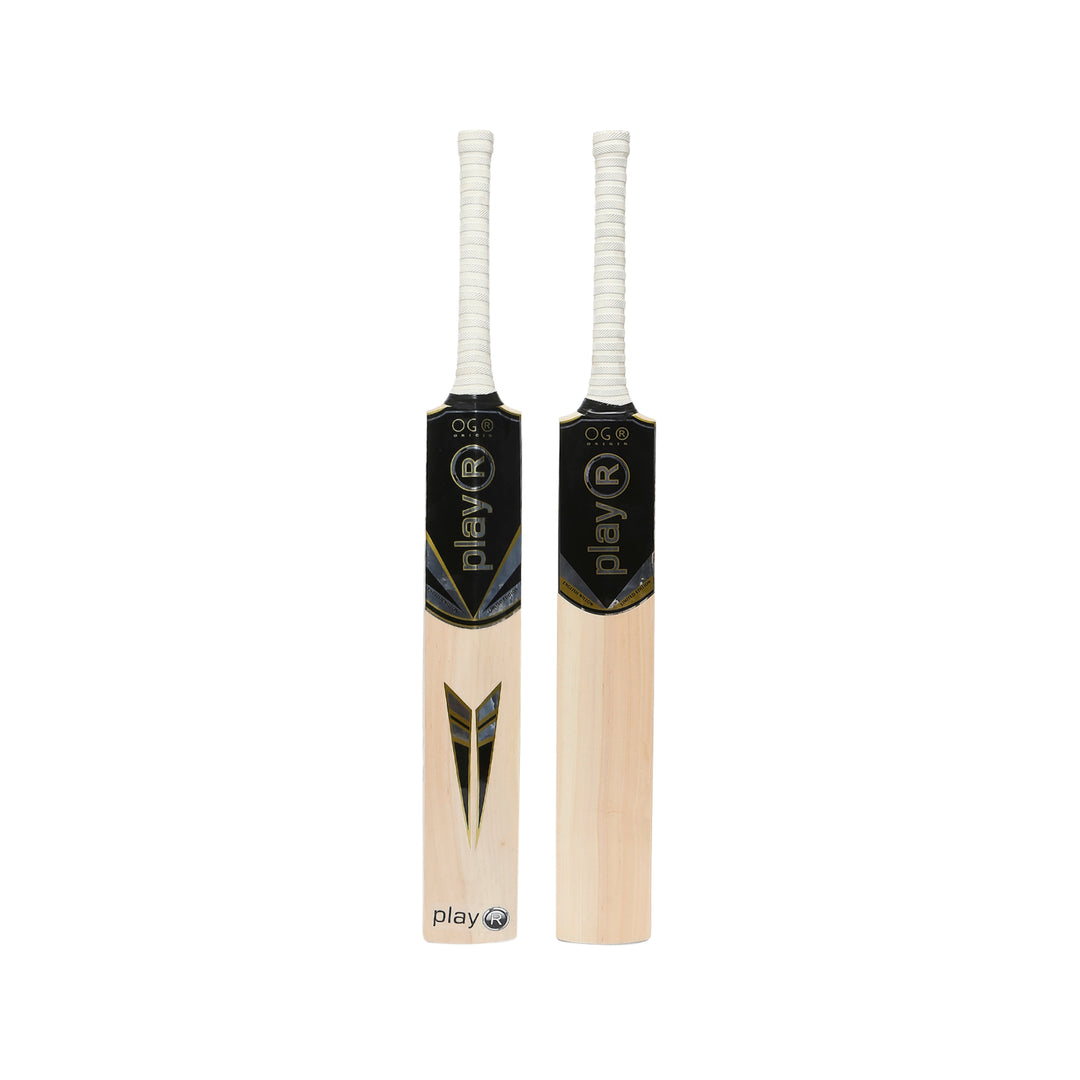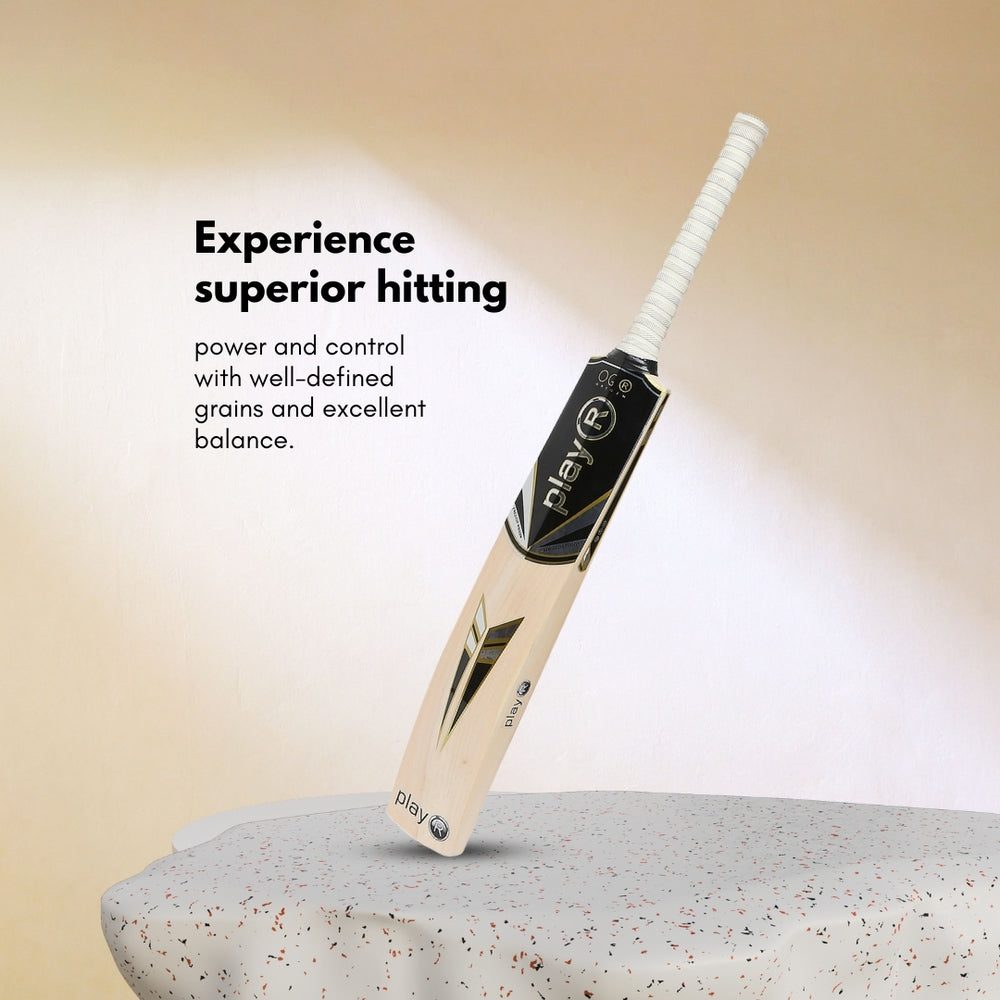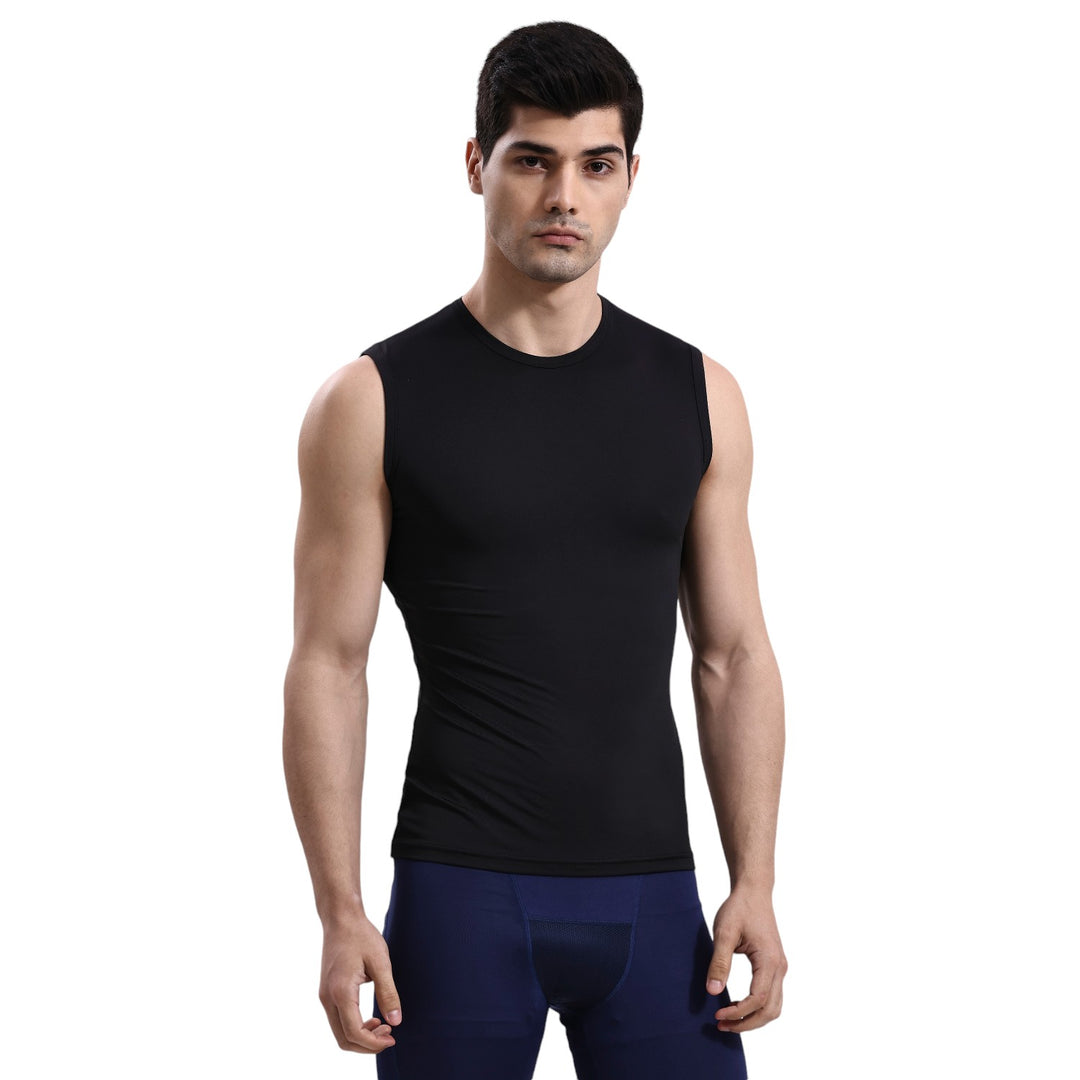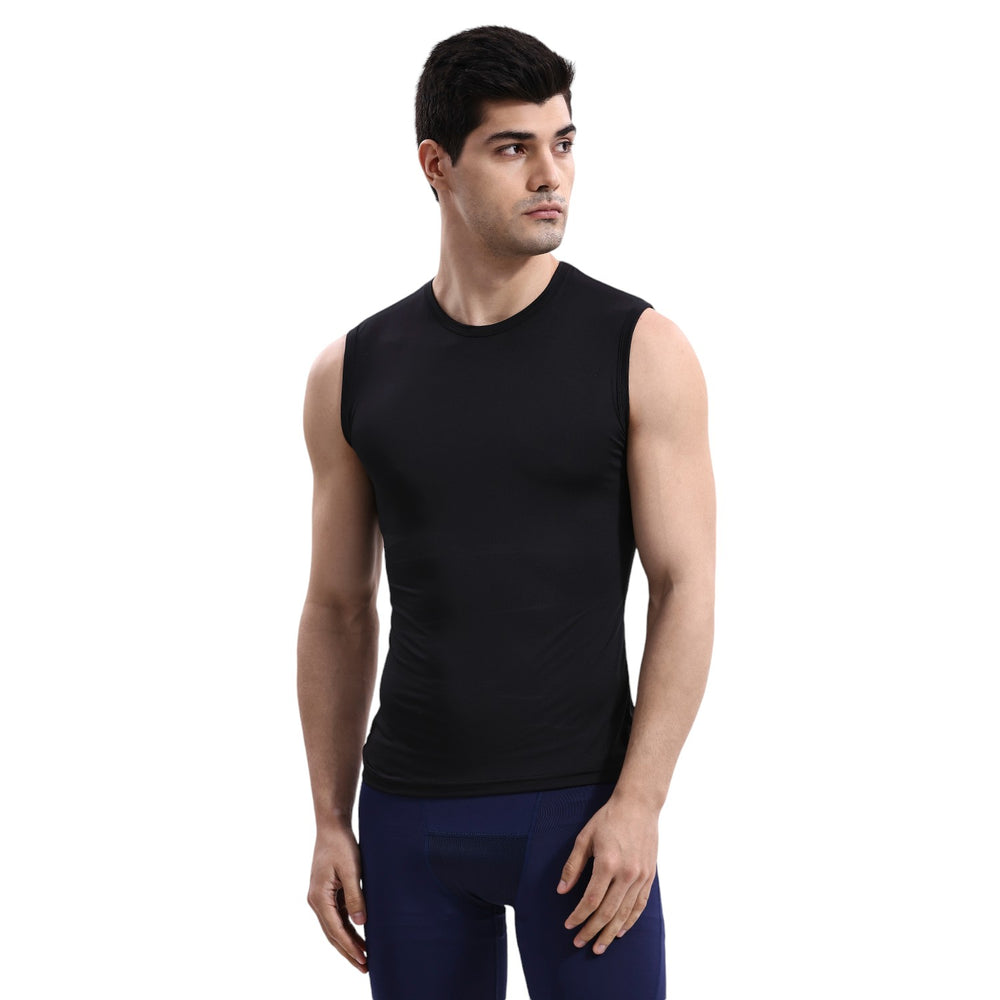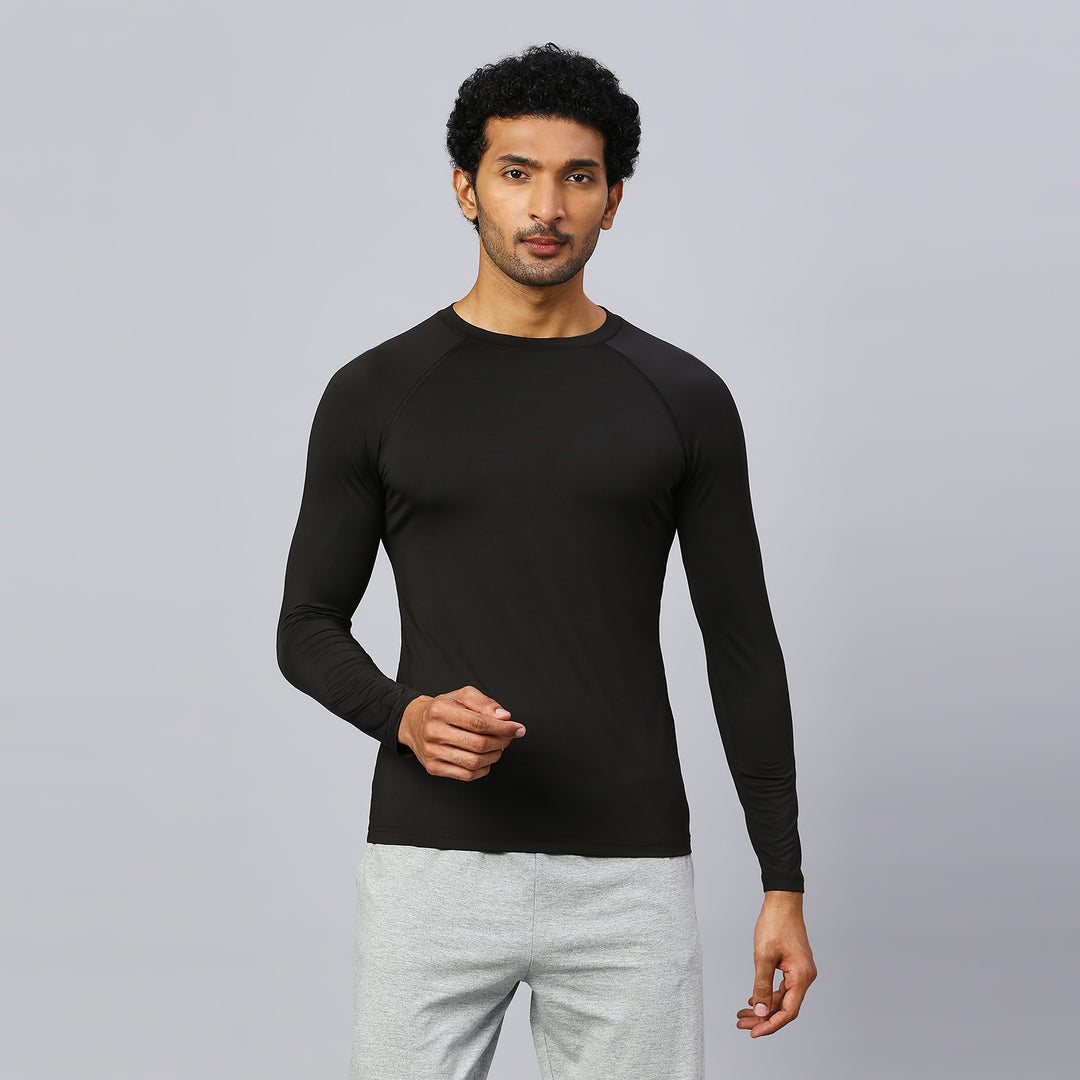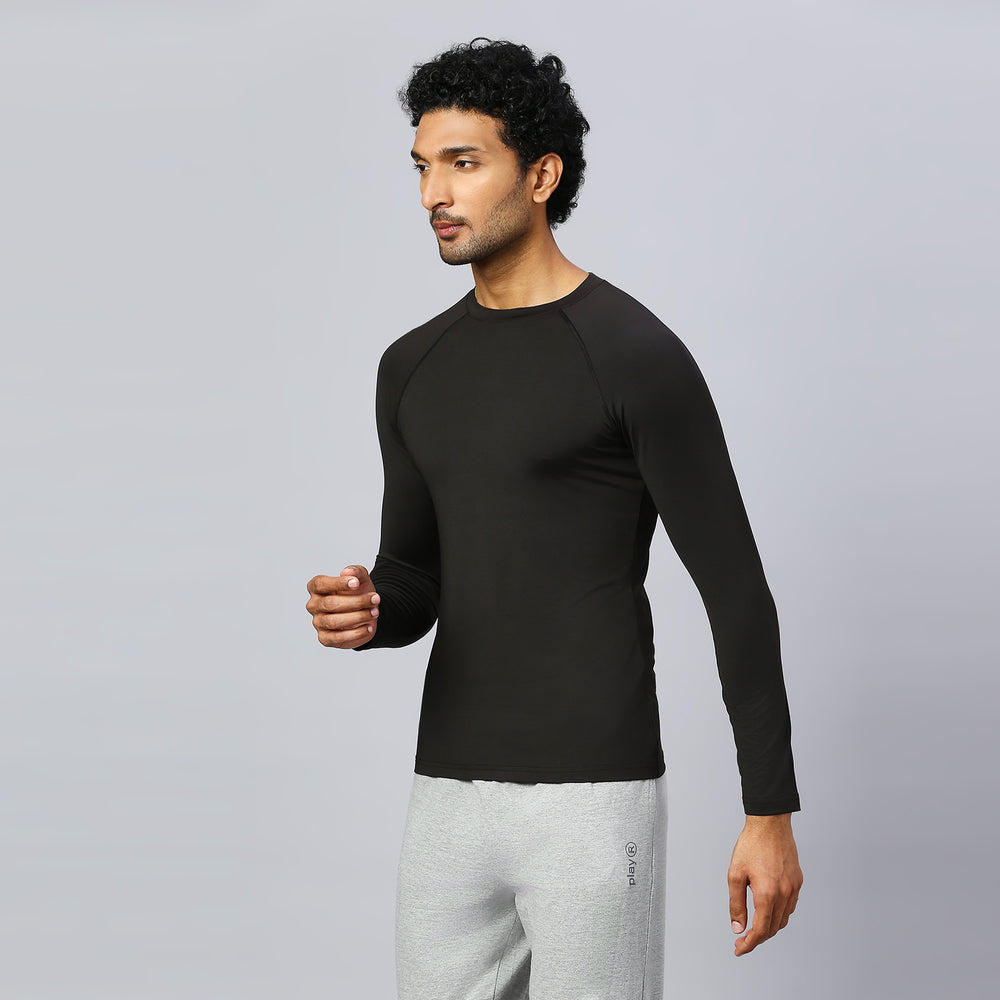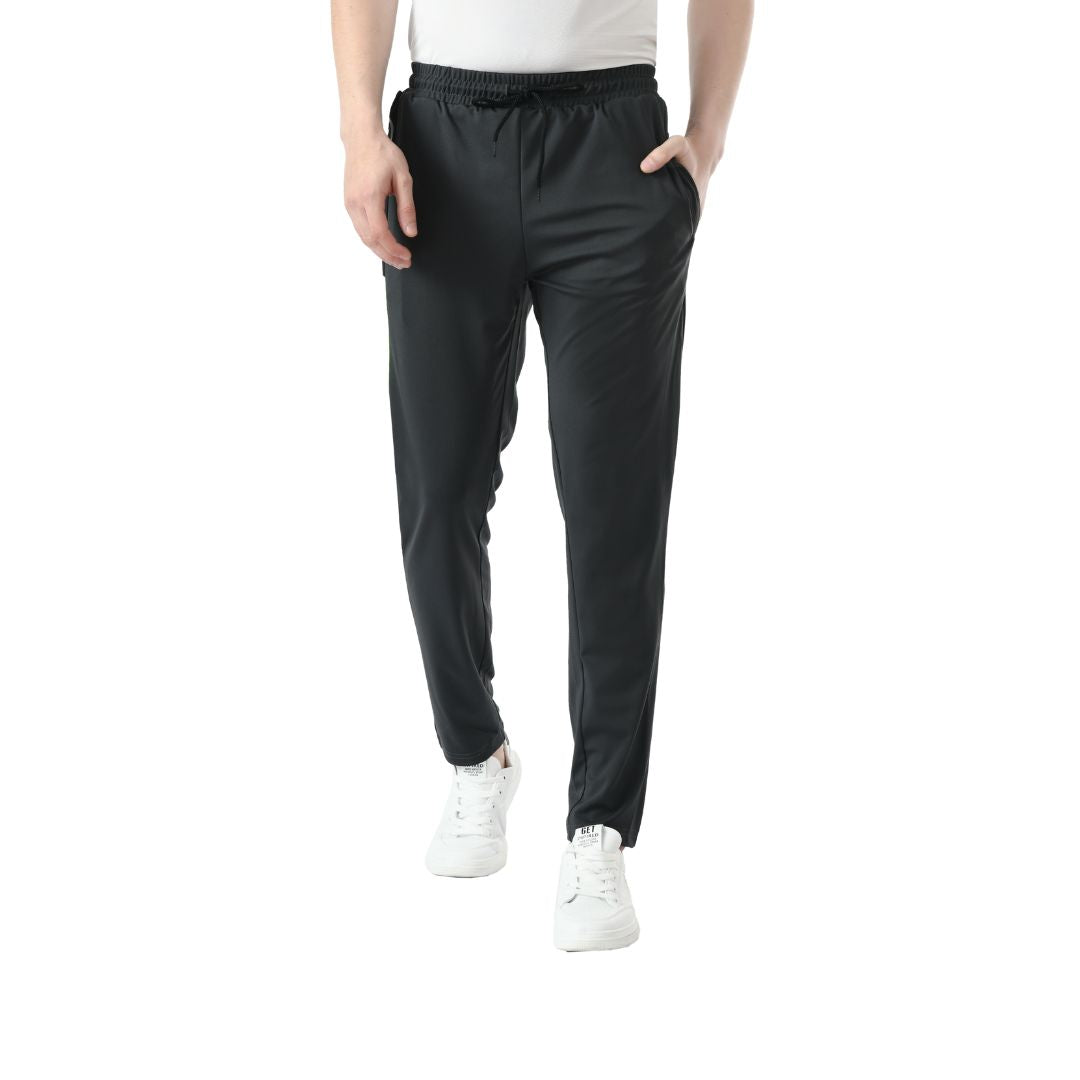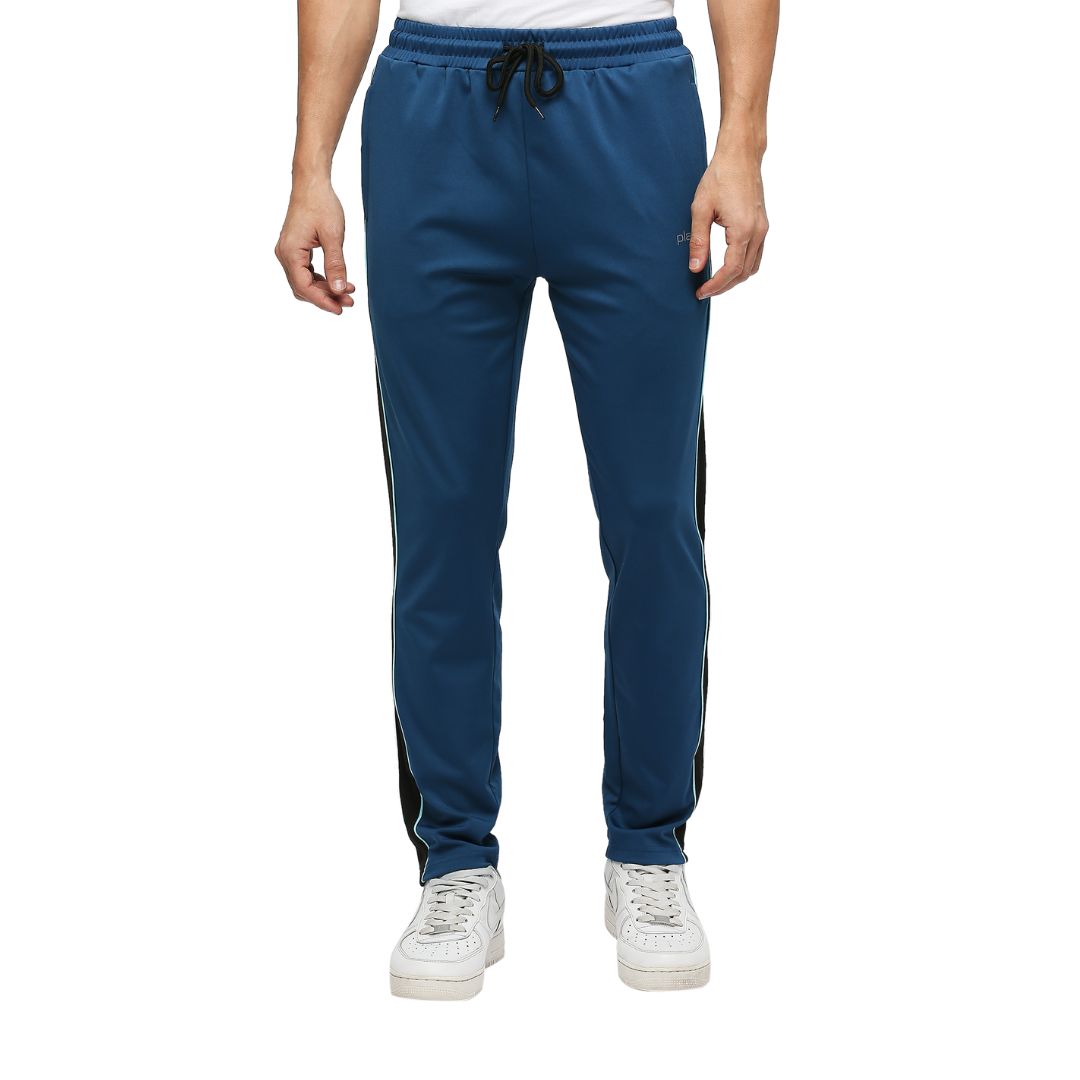Cricket FAQ
Cricket is a bat-and-ball sport played between two teams of 11 players each. One team bats to score runs, while the other bowls/fields to restrict runs and dismiss batters.
- The batting team tries to score runs by hitting the ball and running between wickets or hitting boundaries.
- The bowling/fielding team tries to get batters out and limit runs.
- Teams switch roles after each innings, and the side with more runs wins.
- Test Cricket: Played over 5 days, traditional format.
- One Day International (ODI): 50 overs per side.
Twenty20 (T20): 20 overs per side, fastest-growing format.
- Bat
- Ball
- Protective gear (helmet, pads, gloves, abdomen guard)
Stumps & bails (wickets)
- Running between the wickets after hitting the ball.
- Hitting the ball to the boundary:
- 4 runs if the ball touches the ground before crossing.
6 runs if the ball crosses without touching the ground.
Common ways include:
- Bowled (ball hits stumps)
- Caught (fielder catches ball before it touches ground)
- LBW (Leg Before Wicket)
- Run out
- Stumped by the wicketkeeper
An over consists of 6 legal deliveries (balls) bowled by a bowler. The number of overs varies by format (20, 50, or unlimited in Tests).
Each team has 11 players, with a mix of batters, bowlers, all-rounders, and a wicketkeeper.
Yes! Cricket improves endurance, reflexes, hand-eye coordination, teamwork, and strategy. Bowling and fielding are physically demanding, while batting sharpens focus and agility.
- Combines strategy, skill, and excitement.
- Played and watched by millions worldwide, especially in India, England, Australia, Pakistan, South Africa, New Zealand, West Indies, and Sri Lanka.
- Offers multiple formats to suit different audiences (long and short).
1. Willow Type
- English Willow (Grades 1–4): Preferred for its light weight and high performance—but costlier. Higher grades mean cleaner grains and generally better quality.
- Kashmiri Willow: More affordable and durable-good for practice or budget-conscious players.
2. Weight & Balance
- Heavy bats (2.10–2.12 lbs): Ideal for powerful hitters.
- Balanced/lightweight bats (around 2.8–2.10 lbs): Better for control and stroke play.
3. Handle Type
- Oval handles: Offer stability.
- Round handles: Better for wrist mobility.
- Some newer hybrid handles reduce vibration for more comfort.
4. Toe & Edge Reinforcement
- Features like toe guards (e.g., SS Carbon Flex) help protect the bat and extend its life.
5. Adherence to Regulations
- In IPL and professional cricket, bats must stay within specific size limits (e.g., edge thickness ≤ 4 cm, depth ≤ 6.7 cm, width ≤ 10.8 cm) to ensure fair play.




